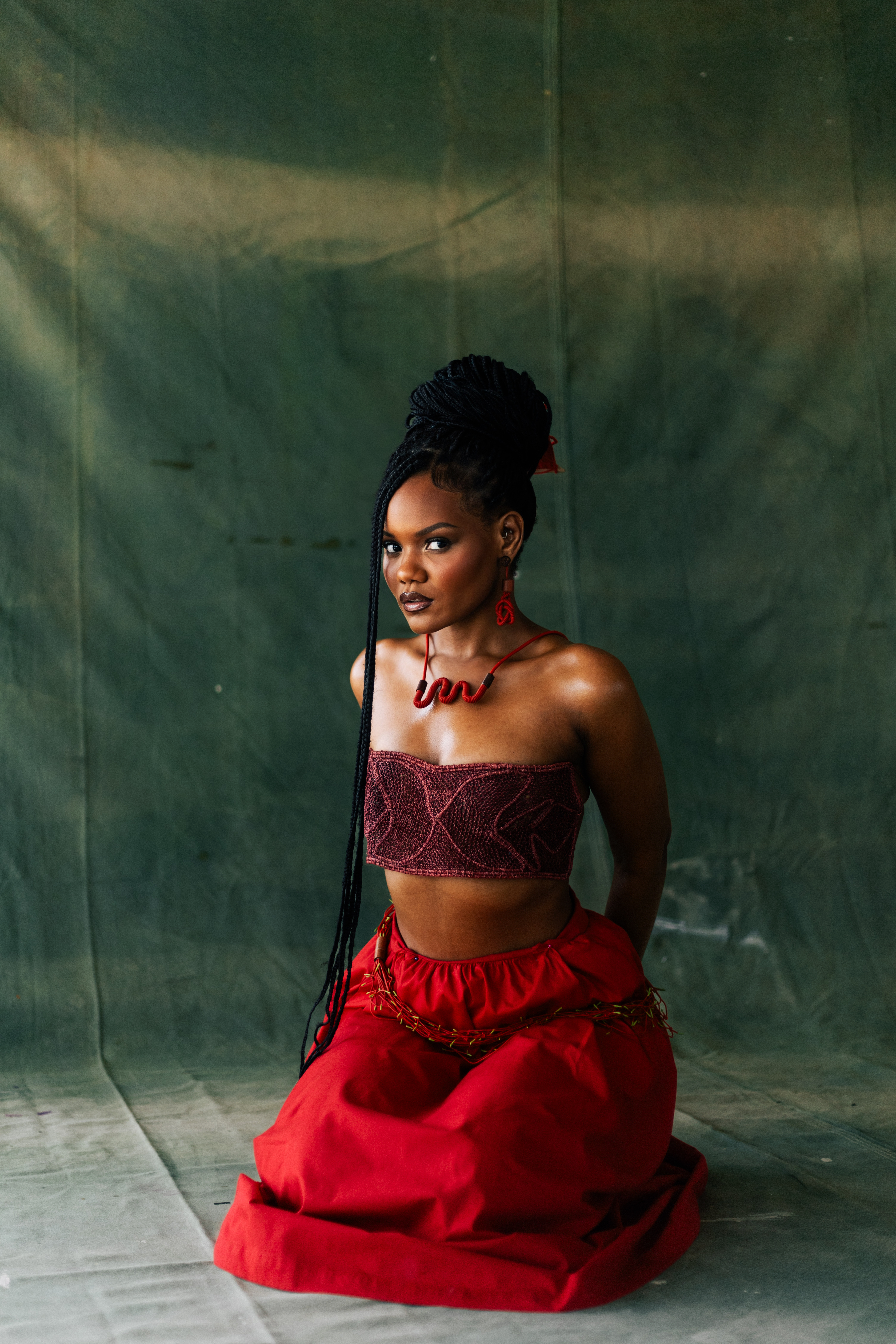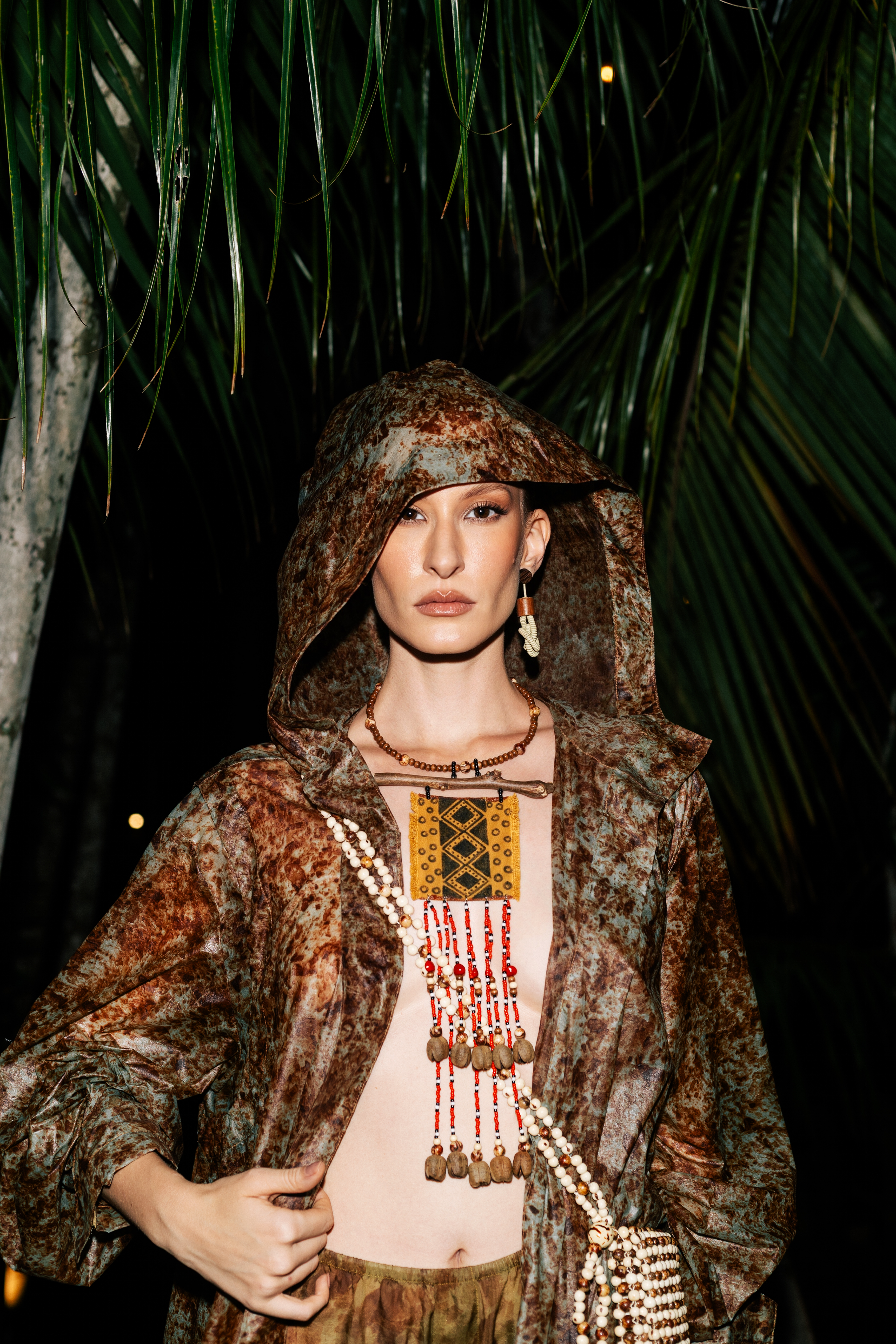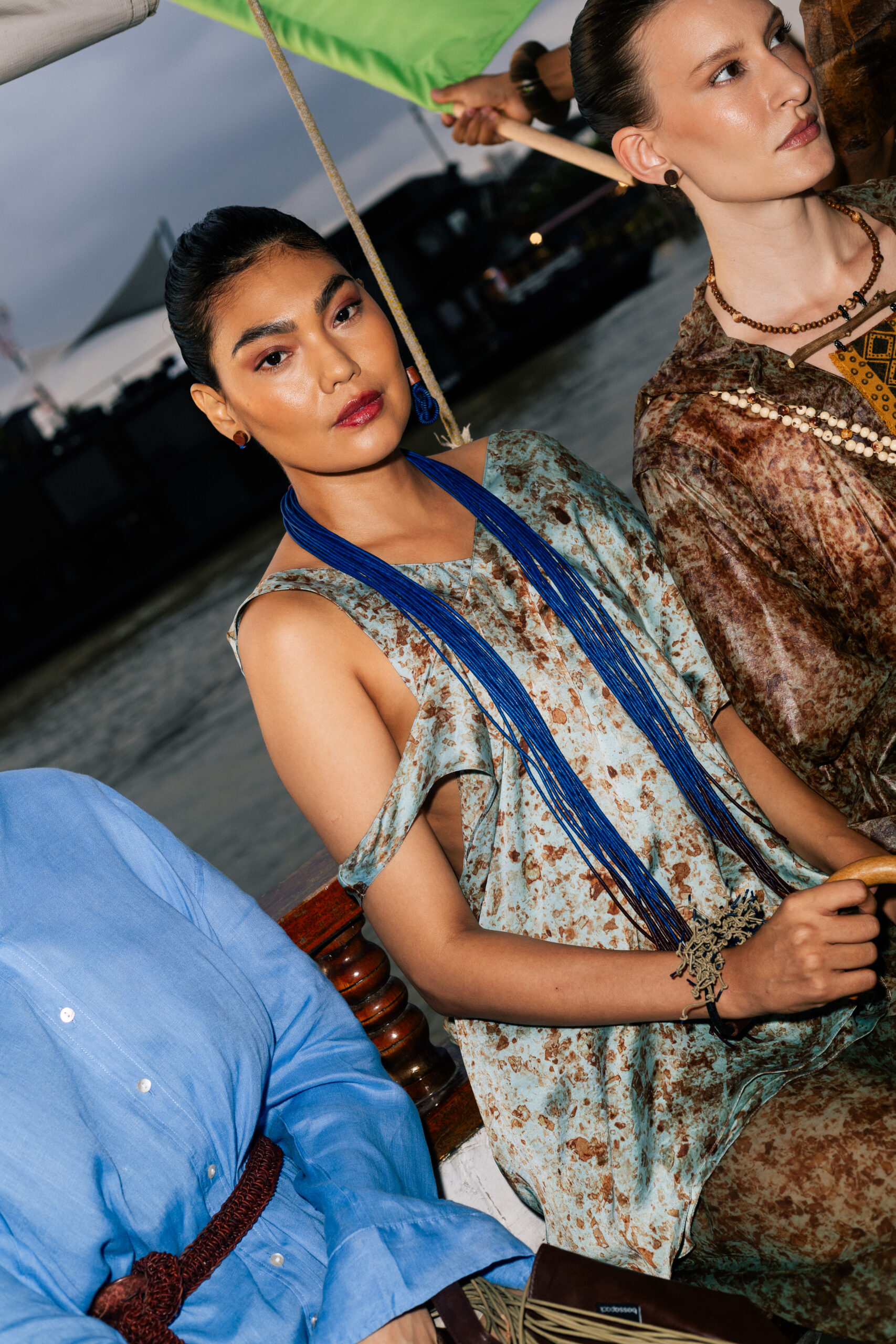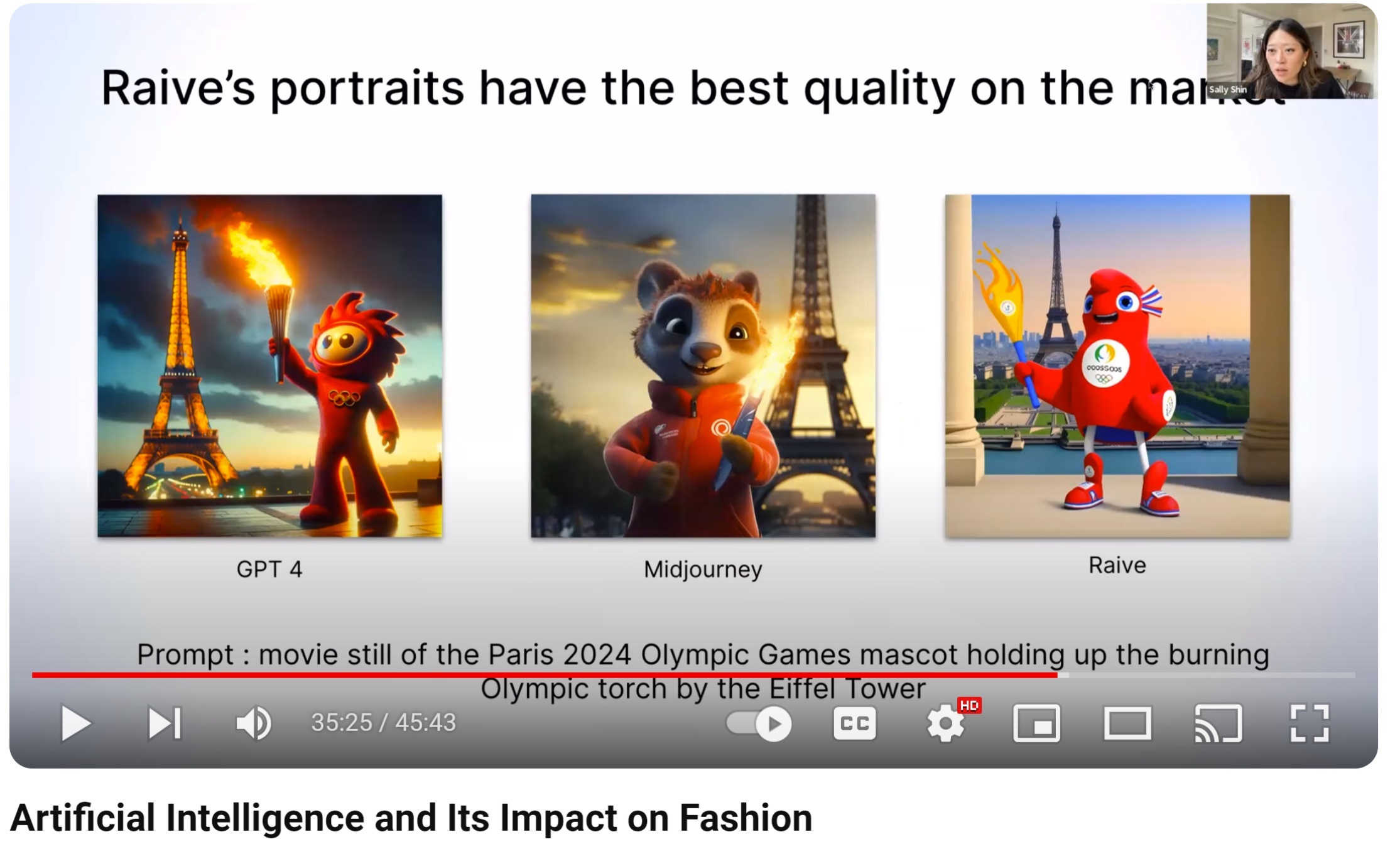What COP30 Means for the Future of Fashion
November 24, 2025
João Campos
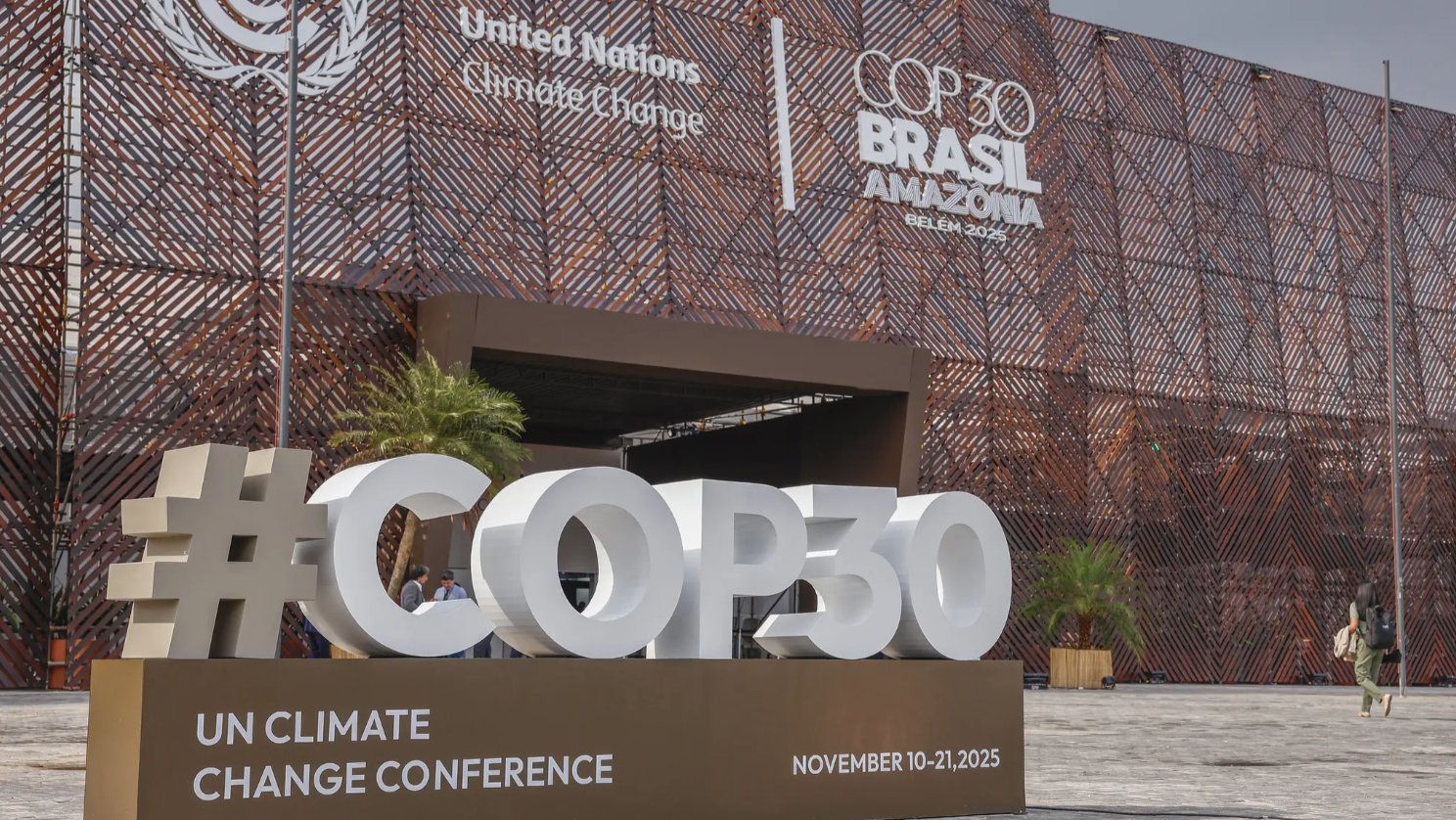

This November, representatives from over 200 countries convened in Belém, Brazil—a city in the heart of the Amazon—for COP30, the most important climate conference in the world. Climate change negotiations often seem far removed from the daily realities of fashion designers, but this year’s COP illuminated how the fashion industry is already adapting to a warming world—and where it must go next.
COP: What It Is and Why It Matters
Every year, the United Nations hosts a Conference of Parties (COP) to drive progress on the 2015 Paris Agreement. As global economic and environmental conditions shift, countries must continuously refine how they are turning their climate ambitions into action. Negotiations at COPs are notoriously fraught, since the consensus model means that every nation must agree on the fine print of the final agreement.
This year’s conference is especially important. Countries must update their five-year decarbonization plans with a 2030 roadmap, yet the world’s largest emitter—the U.S.—left the Paris Agreement earlier this year, sending no official delegation to Belém. Still, American companies are not off the hook; with states like California pushing ahead with strict climate regulations, the absence of federal climate leadership demands the private sector to step up like never before.
The final COP agreement does not provide industry-specific mandates, but its content—on carbon emission caps, reduction pathways, and finance mechanisms—shapes the environment in which the fashion industry operates. Even so, the agreement is only part of the story; the real action happens outside the official negotiating zone, where companies, coalitions, and interest groups dictate much of the unofficial agenda through hundreds of side events. These off-site forums provide important spaces for knowledge-sharing, alignment, and coalition building. At COP 30, fashion showed up en masse, with global brands sending their sustainability teams to advance their agenda, and local businesses highlighting their sustainable practices—including promoting a fashion show featuring designers from the Amazon.
Key Insights from COP30
Conversations in Belém put the materials and cultural impact of the fashion industry front and center, spotlighting both the pressures and opportunities shaping the sector. On carrying forward regulatory momentum, the EU is leading the way with requirements on traceability and transparency that will apply to most brands selling into their market. Parallel to this, companies showcased voluntary initiatives through the responsible practices they are implementing to shape how they connect with consumers and grow their businesses. COP30 helped define the relationship between fashion and climate, dictating how companies will design, produce, and disclose in the future.
Supply Chain Engagement & Traceability: Requirements like the Digital Product Passport and anti-deforestation rules demand unprecedented supply chain visibility. For brands, it will be increasingly important to map suppliers, verify raw-material origins, document carbon and chemical footprints, and ensure end-to-end transparency. Measuring and reporting all this data requires enormous capacity building, so brands must collaborate closely with their suppliers, and coalitions – like the Fashion Pact and B Corp Certification – who can provide the infrastructure needed for this collective action.
Regenerative & Circular Models: Organic and fair-trade are no longer enough—the word of the moment is regenerative. This means that businesses actively contribute to the maintenance and restoration of ecosystems, employing processes that benefit the environment more than they extract from it. Circularity is still an important concept, especially given the advancement of Extended Producer Responsibility textile schemes. Across Belém, companies spotlighted bio-based materials, circular design, low-impact manufacturing, and new models for repair and reuse.
Fair Community Partnerships: One of the defining features of COP30 was the strong presence of Indigenous communities across the city, even as they were sidelined from official negotiations. For fashion, conversations centered on the importance of forming fair, long-term relationships with the frontline communities that brands rely on to source natural materials, assemble products, and create a design language. The expectations are high for brands to align their climate action with social justice, building partnerships that create meaningful economic development.
Fashion as a Culture Builder
Across the ten days of the conference, it became clear that the role of fashion goes far beyond regulatory compliance —it builds cultural values and social perceptions. At a panel about climate ethics, Vice President Al Gore noted that “the antidote to the climate crisis is demonstrating the alternative.” By modeling responsible practices and sharing compelling visual narratives that resonate across borders, fashion can play a unique role in shaping public sentiment. Showing people what adaptation, resilience, and regeneration looks like—through both design and storytelling— defines what is possible and necessary to fight climate change.
Although the journey towards a net-positive fashion industry will look different for every company, COP30 made the path forward clear. Local regulations, shifting consumer expectations, and global climate goals are already reshaping fashion’s future—and what the industry must do now to get there.
João Campos is the Growth Manager for B Lab, and works with the fashion industry to improve its social and environmental impact.
At COP30, the Amazonian Association of Socio-bio-economy Businesses (Assobio) promoted a fashion show featuring sustainable brands da Tribu, Sioduhi, YANCIÃ, Tucum, Labb 4 and Flávia Aranha, as seen below.
